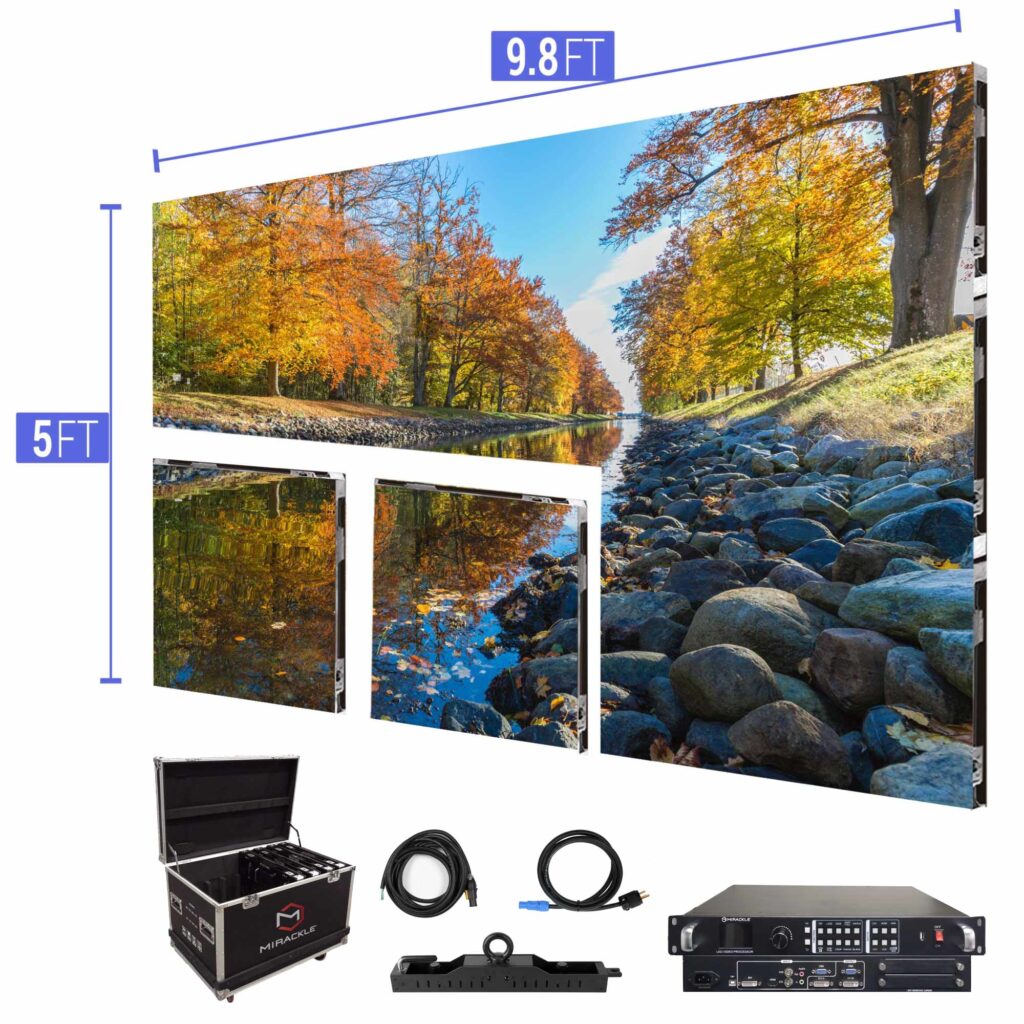Investigating How Resolution Affects the Performance and Aesthetic Caliber of LED Screens in Contemporary Display Techniques
Investigating How Resolution Affects the Performance and Aesthetic Caliber of LED Screens in Contemporary Display Techniques
Blog Article
Light Emitting Diode walls are growing increasingly popular in different environments, from concerts and athletic events to corporate displays and creative installations. One of the key crucial factors that affect the functionality and visual quality of these displays is image clarity. Image resolution denotes the number of pixels that compose the image on the display. Increased resolution means more picture elements, which can lead to sharper and clear visuals. Grasping how resolution affects LED walls can help operators make knowledgeable decisions about their display needs.
When discussing image clarity, it is crucial to take into account picture pitch, which is the distance between the center of one pixel to the center of the next pixel. A smaller pixel pitch yields a greater image clarity, enabling additional clarity in the images displayed. For example, an LED screen with a picture spacing of 1.5mm will offer a sharper visual than one with a picture spacing of 3mm. This is especially crucial in settings where audiences are near to the display, such as in a small location or a trade show booth. In these cases, a greater image clarity can greatly improve the observing quality.
Another factor of image clarity is its impact on color accuracy and brightness. LED screens with higher image clarity often have superior hue rendering, meaning that the colors displayed are more vibrant and true to life. This is crucial for uses like marketing, where the objective is to attract interest and communicate a message efficiently. Additionally, higher image clarity screens can maintain luminosity levels even when viewed from Visit Website different angles. This is crucial in big locations where audiences may be seated at various distances and angles from the screen.
The functionality of LED screens is also affected by image clarity in terms of update frequencies and reaction times. A higher resolution display can handle faster refresh rates, which is essential for dynamic content such as videos and animations. This means that the images on the screen will appear more fluid and increasingly seamless, enhancing the overall viewing experience. In contrast, lower resolution displays may struggle with fast-moving material, resulting in fuzziness or delay. Therefore, for events that rely on high-energy visuals, choosing a screen with a appropriate image clarity is vital.
In summary, image clarity plays a crucial role in determining the performance and visual quality of LED walls. Elements such as picture spacing, hue accuracy, brightness, refresh rates, and response durations all affect how efficiently a screen can convey information and engage viewers. As advancements continues to advance, grasping these factors will assist operators select the right LED wall for their particular requirements, guaranteeing that they obtain the best possible results in their displays and occasions.